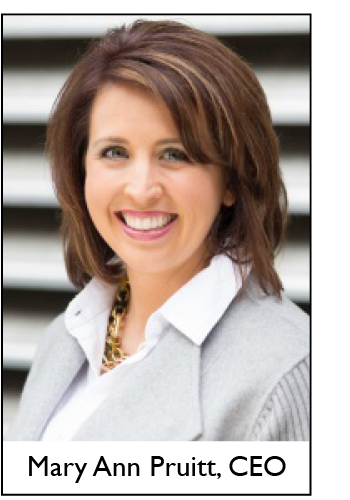Top Trends in Political Media Buying

January 15, 2024
My experience has been that the political stage is constantly evolving, and so is the way campaigns reach voters. We are well past the days of relying on grainy TV ads and town hall appearances to spread a campaign message. Today, political media buying is coordinated across a diverse traditional and digital landscape, demanding agility, lots of data, and a laser focus on reaching the right audiences.
What are the key trends to embrace this campaign season to stay ahead of the curve and win hearts and minds (and votes)?
 Traditional Media Remains Relevant
Traditional Media Remains Relevant
Despite the surge of digital, I find that traditional media channels remain influential, especially among certain voter demographics. Television continues to be a significant medium for political advertising, particularly for reaching older voters. The key here is to blend traditional TV spots with digital strategies to maximize reach and impact. Meanwhile, radio, especially local stations, provides a unique opportunity to connect with specific communities and demographic groups. This channel is particularly effective for reaching rural areas and older demographics.
Connected TV (CTV) and Over-The-Top (OTT)
While linear TV remains useful, streaming services have become the new living room staples. Political advertisers are incorporating CTV and OTT platforms into their campaign buys, like Hulu which began accepting political ads in 2022. These platforms offer unparalleled reach, extending to smart TVs, tablets, and smartphones, and allow for targeted ad placement to specific demographics and interests – a level of targeting that was once only possible in digital advertising. Expect $1.3 billion to be poured into CTV advertising in 2024 alone, making it a must-have channel for smart campaign teams.
Micro-targeting and Personalization
Voters are bombarded with all kinds of media messages, making it crucial to cut through the noise. The key lies in personalization – political media buyers are leveraging powerful data analytics to understand voter preferences, behaviors, and even their emotional triggers. By analyzing voting history, demographics, and even consumer behavior, campaigns can tailor their media buying to the most receptive audiences. This information is then used to deliver highly targeted ads to specific voter segments on Facebook, YouTube, and other platforms. Imagine a rural voter receiving ads highlighting agriculture policies while a city voter sees messages focused on public transportation – examples of the power of micro-targeting in action.
Social Media, with Nuance
Social media remains a battleground for political engagement. However, simply blasting followers with campaign slogans is no longer effective. Instead, campaigns are adopting more nuanced strategies, shifting focus towards authentic, organic content that resonates with specific communities. Think short, shareable videos addressing local issues, live Q&A sessions with candidates, and influencer partnerships to reach untapped demographics. Additionally, paid social advertising is becoming increasingly sophisticated, allowing for hyper-specific targeting and budget optimization.
Data & Technology
The backbone of modern political media buying is data. Campaigns are increasingly relying on data analytics to inform their media buying decisions. From voter databases to web traffic and social media engagement metrics, campaigns are collecting and analyzing data like never before. This information is driving crucial decisions on everything from ad placement and messaging to voter identification and mobilization. Machine learning algorithms are used to optimize ad campaigns, predict voter behavior, and identify potential supporters. Real-time analytics allow campaigns to adjust their strategies on the fly. By constantly analyzing the performance of ads, campaigns can optimize their ad spend, focusing on the most effective channels and messages.
The political media landscape is dynamic and ever-changing. Candidates who embrace these trends and implement data-driven, personalized strategies will stand out from the noise and connect with voters in meaningful ways. Remember, it’s not just about reaching eyeballs; it’s about building trust, sparking conversations, and ultimately, winning hearts and minds. The upcoming election season promises to be a fascinating battleground where technology, data, and creativity will converge to shape the political landscape as we know it. Please let us know if we can assist with your campaign media planning this year.


